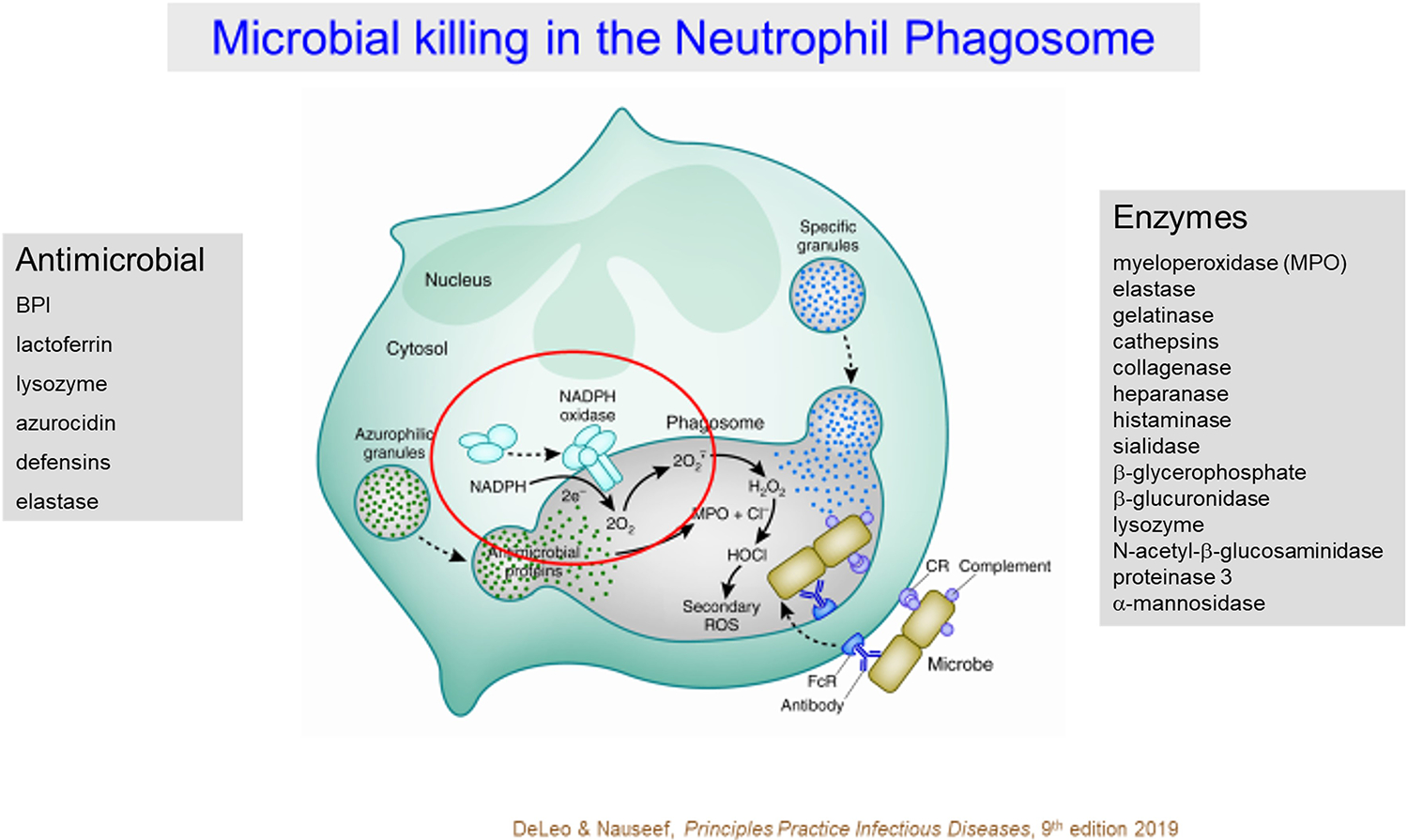Figure 1. Microbicidal action in human neutrophil phagosomes.

Antimicrobial events in the phagosomes of human neutrophils reflect the synergistic actions of granule proteins and oxidants. Granule proteins synthesized during granulocyte development in the bone marrow are packaged into one of several granule compartments (e.g. azurophilic and specific granules) and released into phagosomes by fusion with the nascent phagosome. Granule proteins include enzymes and proteins with direct bactericidal activity. Coincident with phagocytosis, the multicomponent NADPH oxidase assembles on the nascent phagosome and shuttles electrons from cytoplasmic NADPH to molecular O2 in the lumen of the phagosome, thereby generating superoxide anion (). Dismutation of produces H2O2 that in turn reacts with MPO to form HOCl. Most of the oxygen consumed by stimulated human neutrophils can be recovered as HOCl. Interactions among the granule proteins and between granule proteins and oxidants creates an environment toxic, and often lethal, for a wide variety of microbes [Figure from 8].
